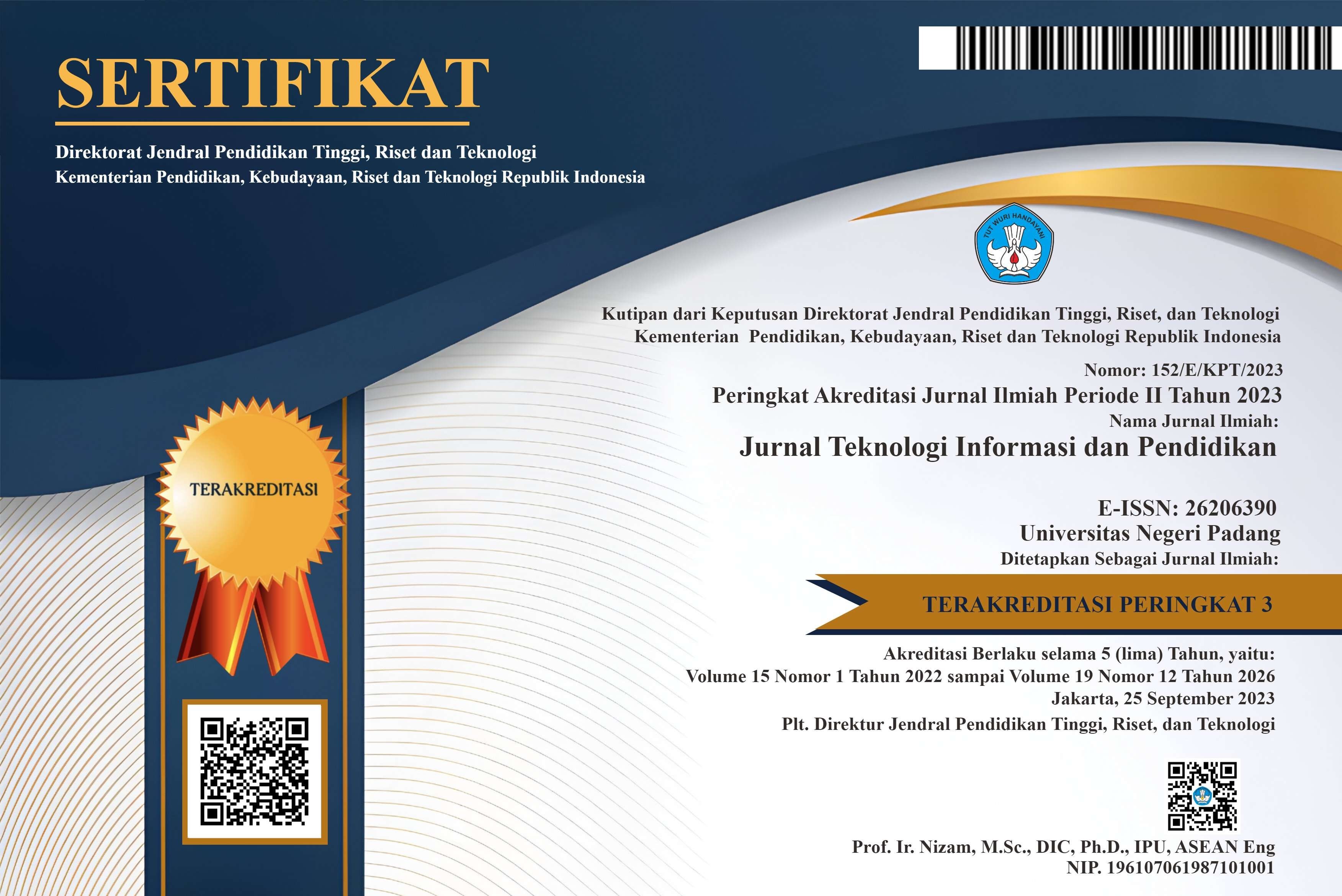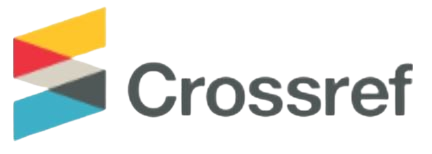Analysis of Student Tuition Fee Pay Delay Prediction Using Naive Bayes Algorithm With Particle Swarm Optimization (Case Study : Politeknik TEDC Bandung)
DOI:
https://doi.org/10.24036/tip.v13i2.317Keywords:
Data MiningAbstract
One source of funds that plays a very important role in education or teaching and learning activities is the Donation of Education Development or tuition fee. The problem faced by TEDC Polytechnic of Bandung is based on historical data from the financial department there are still many students who are late in making tuition payments, for that the authors make an analysis in predicting late payment of fees by using the Naive Bayes algorithm which is compared with Particle Swarm Optimization (PSO) with the purpose of determining the classification pattern is right or late and to find out what indicators most influence the prediction of late payment of tuition fee. In testing the author uses 115 datasets from the results of a questionnaire filled out by students and these testing these divided into three models, the first is testing using the entire dataset and all attributes of the questionnaire results, the second test is done by using the entire dataset based on Particle Swarm Optimation (PSO), as well as the third test carried out using a dataset using the attributes that most influence to the prediction of late tuition payment. Off the 13 indicators, there are only 8 indicators that are most influential in predicting late payment of tuition fee, namely father's income, number of dependents of parents, pocket money / month, financial services, academic services, study programs, payment methods for tuition payment, and mother's occupation. The testing result of those three classification models using the highest Naive Bayes accuracy algorithm are testing using the Naive Bayes algorithm based on Particle Swarm Optimization (PSO), with an accuracy of 73.94%, precision 78.50%, 69% recall, and AUC 0.771 , even though the execution time is 3 seconds longer.















.png)














